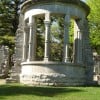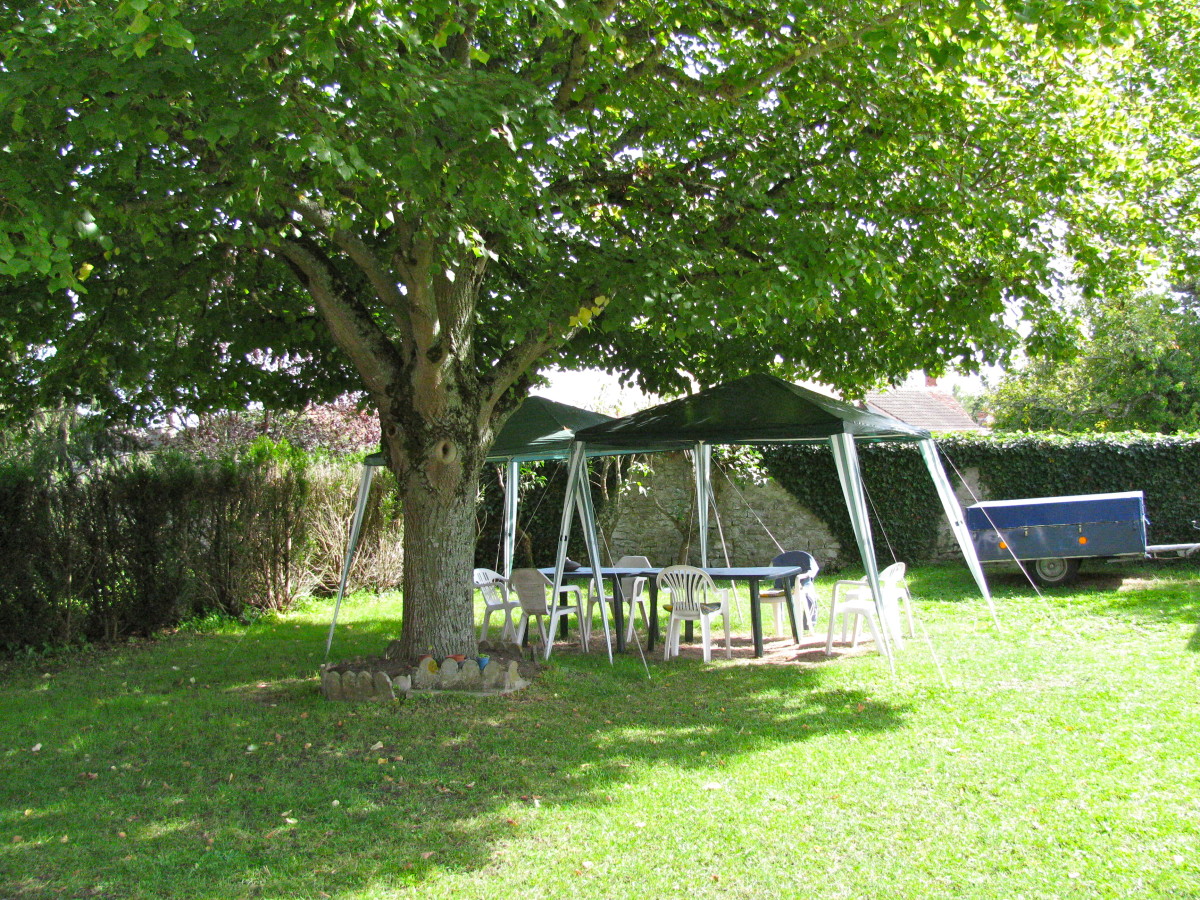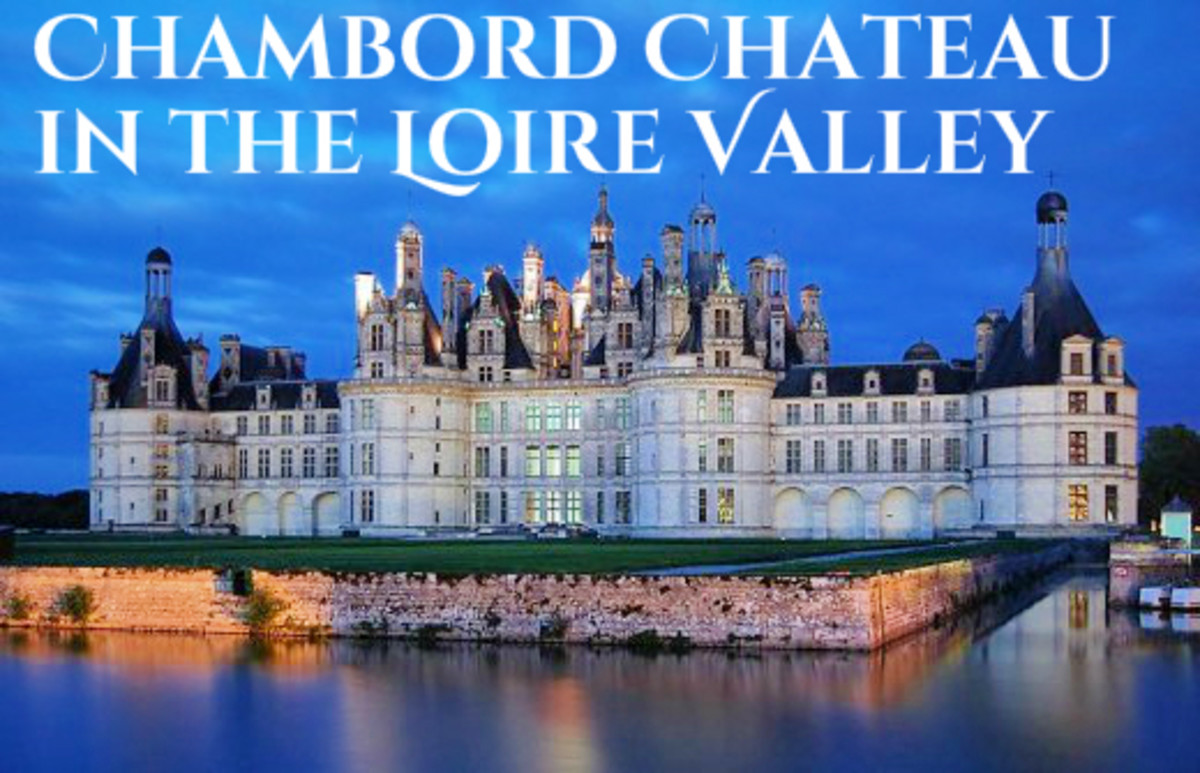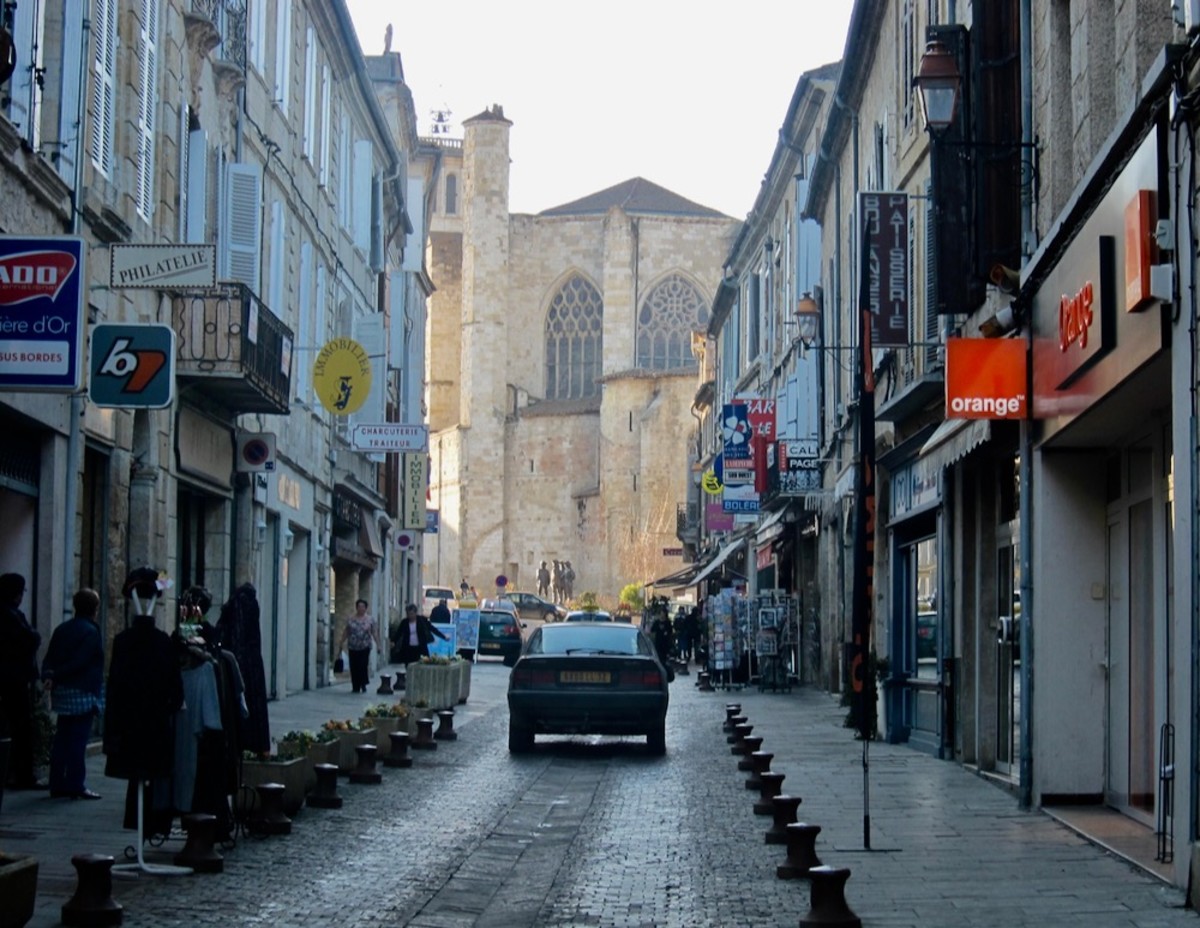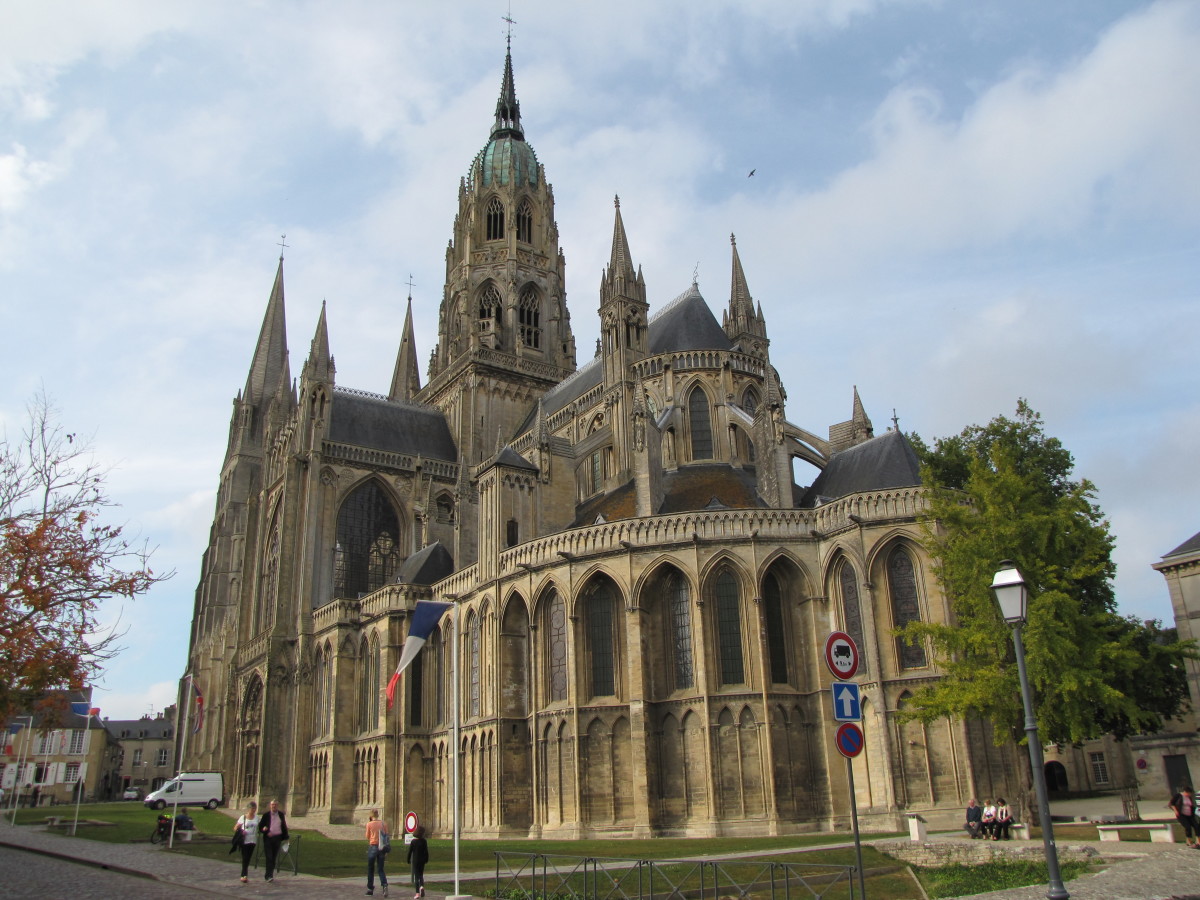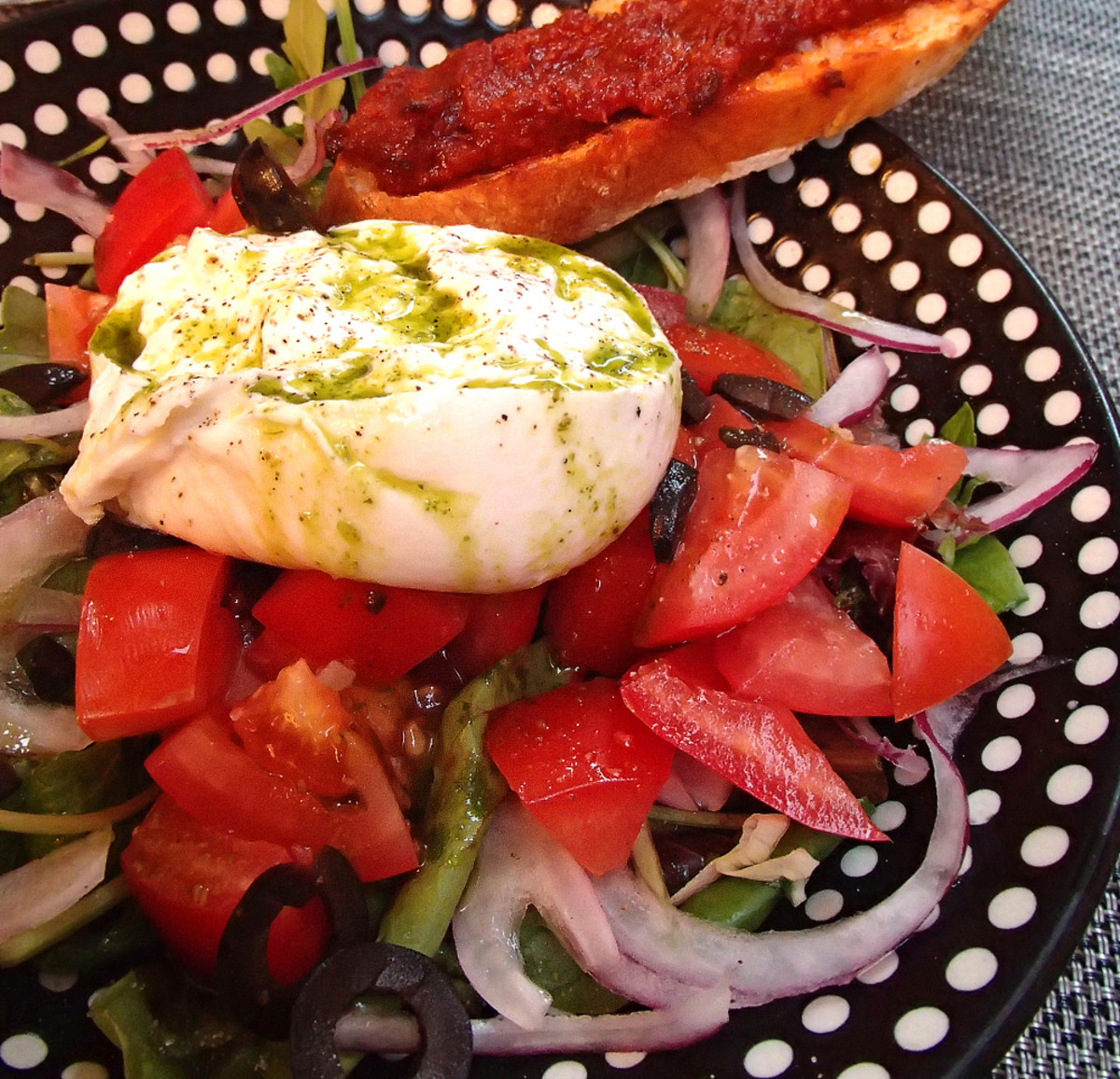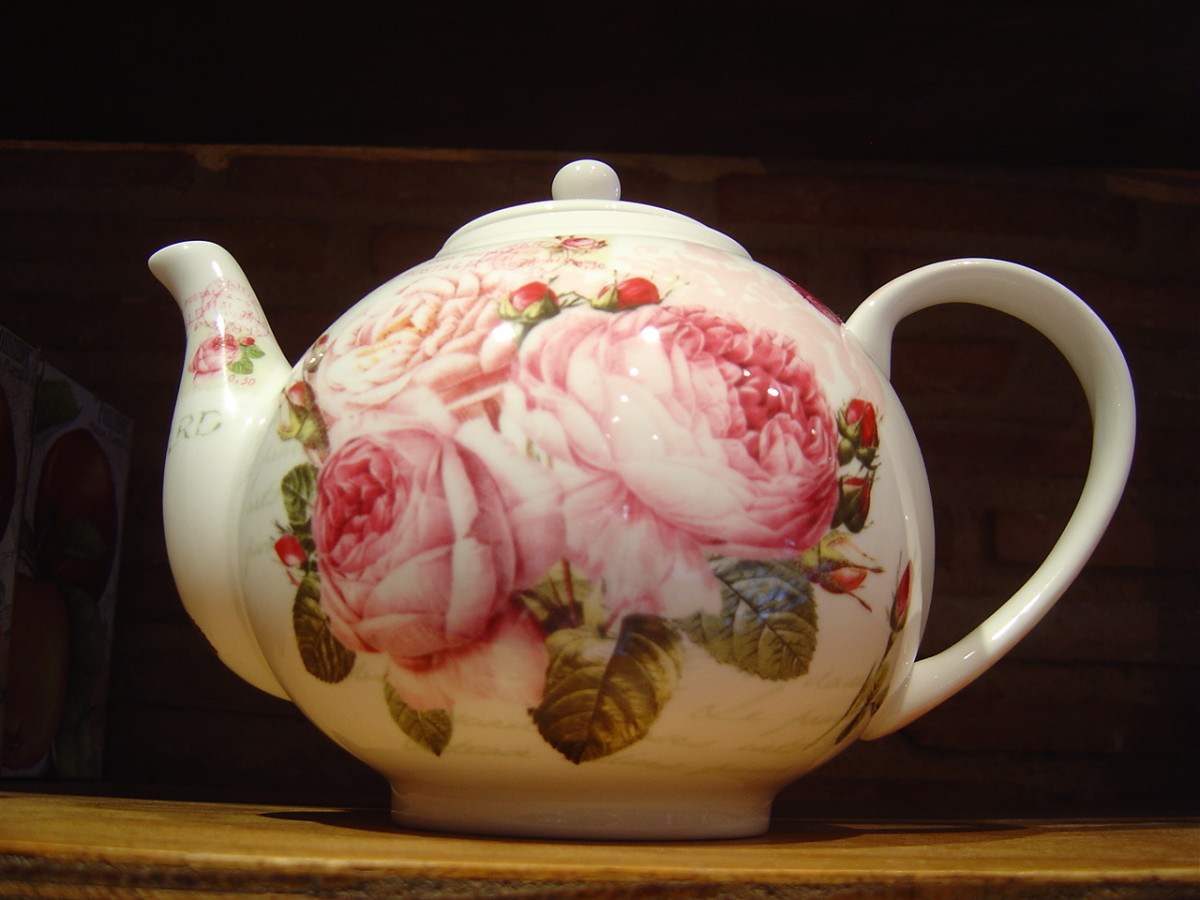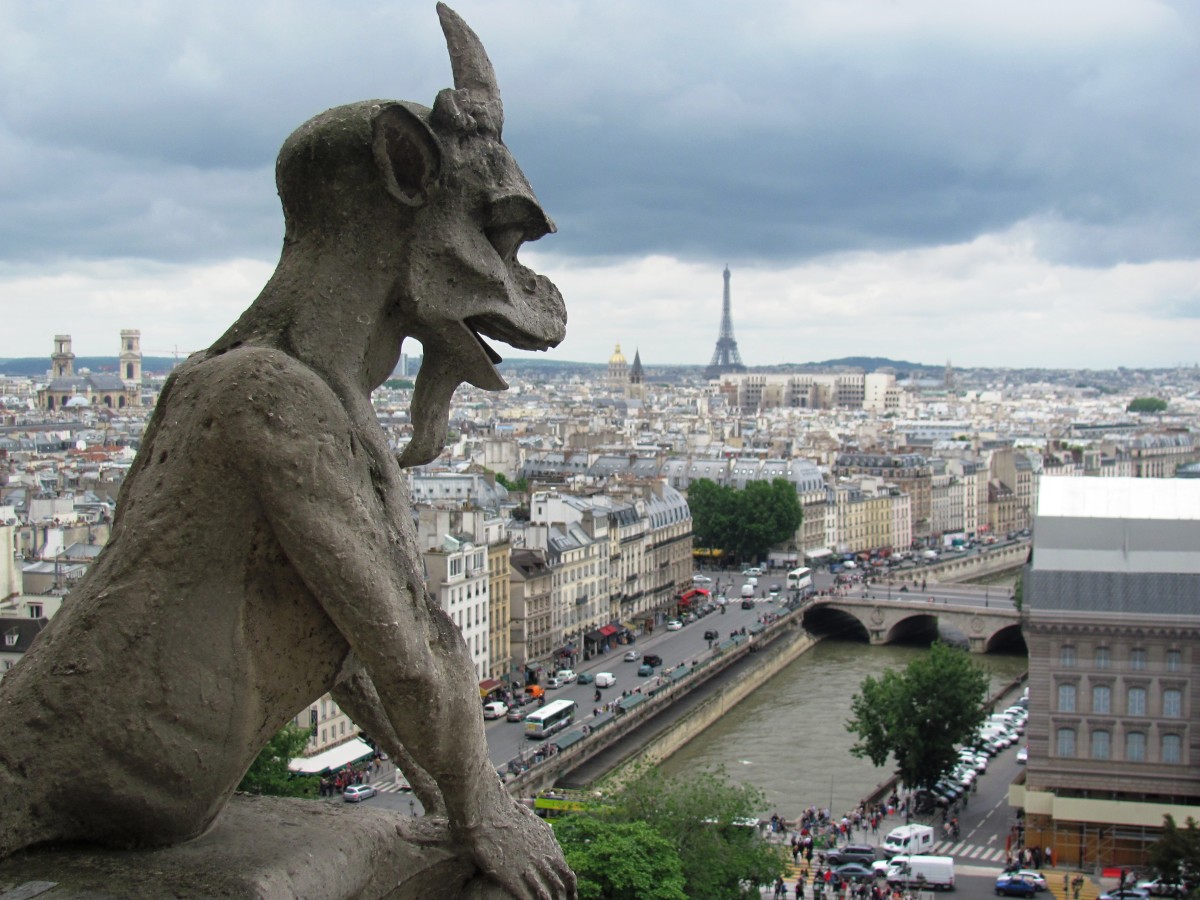Visiting Tourcoing, France, and its impressive belfry: echoes of a gracious age
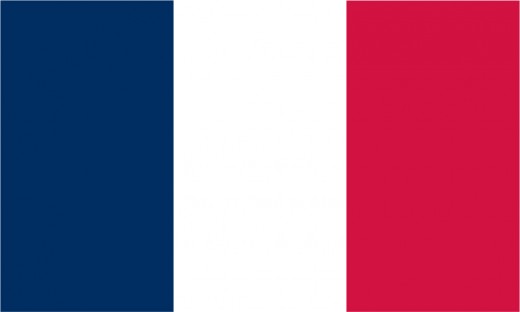
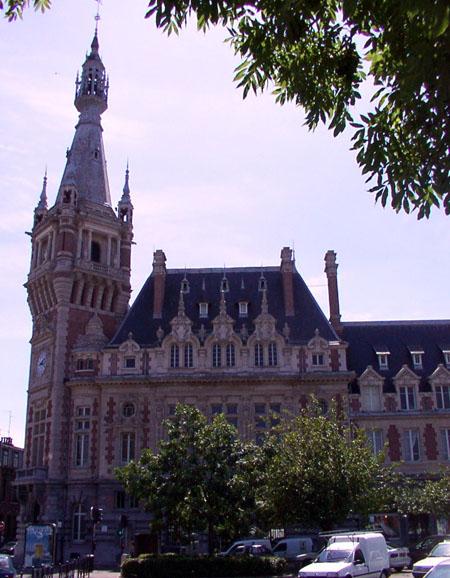
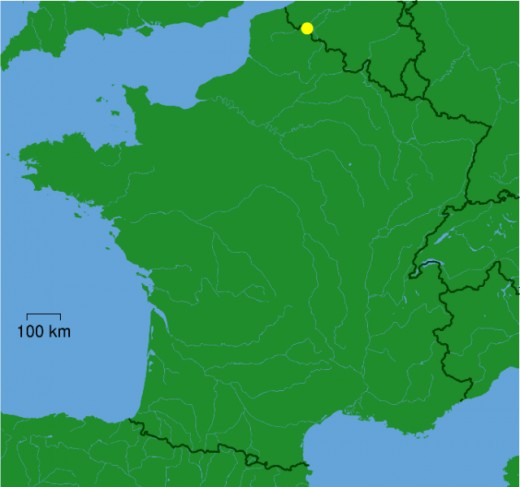
Flemish-style belfry recalling the Renaissance
This impressive belfry forms part of the former chamber of commerce building in Downtown Tourcoing, situated in the Nord department of France, close to the Belgian border.
The belfry is located at place Charles et Albert Roussel , over which the imposing lines of its tower dominate, with its thin peak complementing the corner of the building.
Some history and features
For the chamber of commerce project, local architectural expertise was employed through the services of the architect Charles Planckaert. Sculpturing work was the responsibility of G. Engrand. Commenced in 1903, the building was completed in 1906. While it may seem a comparatively late date for a structure which attains such a level of ornateness as may be seen on this building, yet it may be said that it represents a more gracious age, prior to World War One, when the city of Tourcoing was going through a period of confident prosperity.
A pleasing combination of stone and brick were used in the execution of the building work, in a manner typical of the Renaissance and early 17th century.
The particular occasion for which the opening of the former chamber of commerce was noted was the 1906 International Textile Industries' Exhibition (French: Exposition internationale des industries textiles ), held at Tourcoing. The city was then a noted centre for such industries.
In an eclectic manner, the style of the building recalls the Renaissance, within a Flemish context. A distinguished inventory of belfries, may be said to characterize Flanders in the greater sense of the term, including the Belgian region of that name but also encompassing a wide area of norther France. Among these many belfries, which symbolized local identities and civic privileges, Charles Planckaert's belfry at Tourcoing can be reckoned to be among the more ornate in design.
Local history centre
Now based at the former Chamber of commerce building is a Local History Centre (French: Centre d'histoire locale). This museum has particular specialisms in the findings of local archaeological excavations. The Gallo-Roman period is represented, as is the historical importance of an 1th century moated castle locally. Also on display are items of daily life dating from Medieval times.
There is also a display of historically valuable items from the treasury of St Christophe church, situated nearby. Another section traces the architectural history of the area. A large, 18th century model of the city displays and preserves memories of past architectural features.
The development of local industries, including those of wool and textiles, is well represented in the museum. Earthenware products representative of past, local production are also featured.
Among past exhibitions at the museum has been a presentation of the work of local dialect writer Jules Watteeuw. Another exhibition was devoted to events surrounding the Battle of Tourcoing, May 18, 1794.
Recent art acquisitions have included paintings by Charles Roussel and Jean-René Nys.
Also worth seeing
In Tourcoing itself:
The city hall (Hôtel de Ville) dates from 1911; the St. Christophe church is partly Medieval.
Mouscron / Moeskroen, Belgium (distance: 6.3 kilometres); there is a castle, which dates from the 14th and 15th centuries.
Roubaix (distance: 4.6 kilometres), has a distinguished 1911 City Hall and the Medieval church of St. Martin.
...
How to get there: Brussels Airlines flies from New York to Brussels Airport (Brussel Nationaal / Bruxelles-National ), from where car rental is available. Brussels is the nearest large airport to Tourcoing (distance: 172 kilometres). Please check with the airline or your travel agent for up to date information. Please note that some facilities may be withdrawn without notice. Please refer to appropriate consular sources for any special border crossing arrangements which may apply to citizens of certain nationalities.
MJFenn is an independent travel writer based in Ontario, Canada
Other of my hubpages may also be of interest
- Visiting Tourcoing and its City Hall: outstanding civic architecture in northern France
- Visiting Roubaix, France: architectural magnificence, polarities and apparent contradictions
- Visiting Lille, France: birthplace museum of General Charles de Gaulle
- Visiting Roncq, northern France: town at the crossroads of history, with architecturally distinguish
- Visiting Menen, Belgium: part of a cross-border conurbation, where everything suddenly changes
